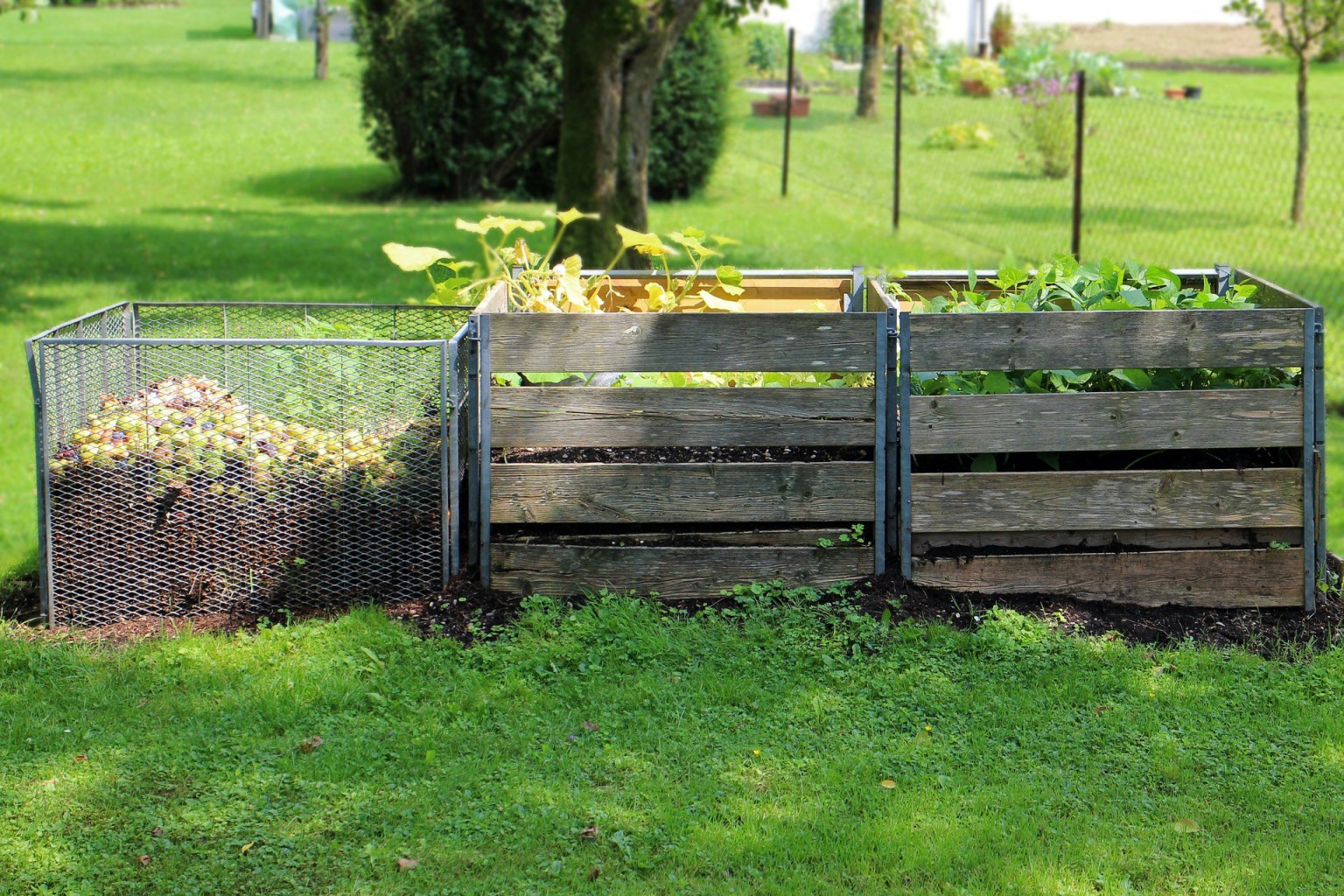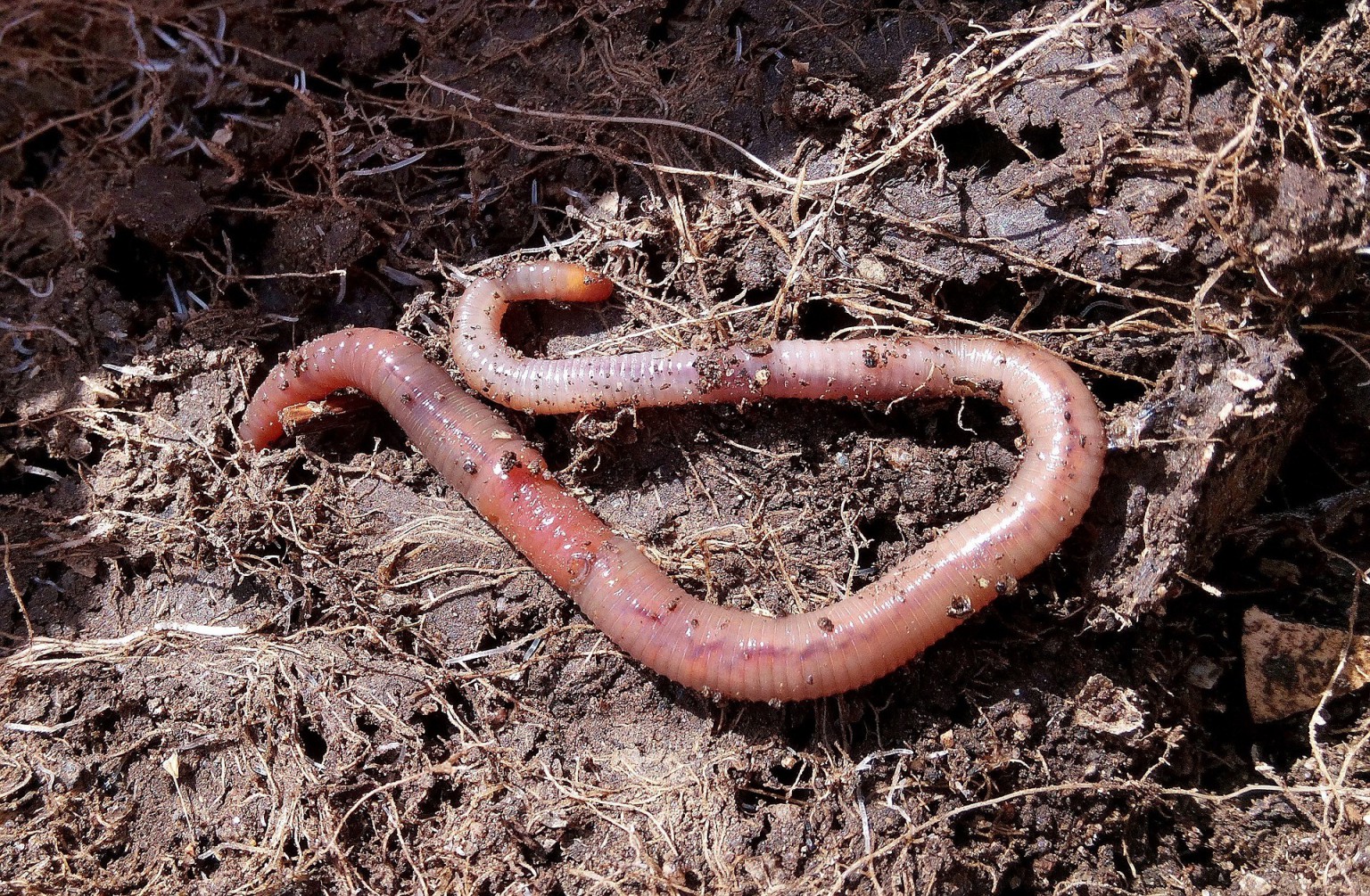Sustainability Tips - Beginner's Guide to Composting
Many people are growing their own for the first time this year. But one of the most common mistakes I have seen among new gardeners is failing to think long term. Sowing seeds and getting growing is only part of the picture. And at the same time as starting a garden, it is important to get the basics in place. Composting is essential in a garden that will thrive and provide long term.
In order to live in a sustainable way, we need to think about maintaining fertility, making full use of natural resources, and preventing waste. Composting can help us achieve all of these things. But there is so much information about composting out there that beginners can often feel overwhelmed. So this article is all about getting back to basics. Composting is easier than you might think – and anyone can do it.
Read on for a beginner's guide to composting. It should help you see how easy composting can be. And it should help you start composting wherever you live.
What is Composting?

First of all, it is important to understand that composting is a natural thing. It occurs around you all the time, without your intervention, in the natural world. When deciduous plants die back and leaves fall, the matter decomposes on the soil. A complex web of soil life breaks down the organic material and re-incorporates the nutrients it contains into the soil. It is turned into bio-available nutrients that plants can take up, and the natural cycle is complete.
Composting at home is basically a way to shortcut nature's cycles, and mimic them to meet your own needs. Even if you do not have a garden, or any outside space at all, you can still compost food scraps in your home.
Composting Methods
The key to creating a successful composting system is simple. It begins with finding the right composting method.
Simply speaking, there are three main composting methods to consider:
- Composting in place in your garden.
- Cold composting.
- Hot composting.
Composting in Place
Composting in place is the simplest and easiest way to recycle organic material in your garden. This involves simply leaving materials in your garden to break down in contact with the soil. This might involve making a hole and simply burying materials within it and waiting for them to break down.
But composting in place can also be used as a method for the creation of new garden beds. By spreading layers of compostable materials, we can build up a fertile growing area that we can plant into. Plants will slowly take up nutrients as the materials break down over time. This concept is sometimes referred to as 'lasagna gardening'.
Materials can also be layered to create mounds in a growing system called hugelkultur (mound culture).
Both of these concepts are strategies employed in a 'no dig garden'. In a no dig garden, the soil is disturbed as little as possible. This means that the soil is healthy and the life within it is left to do its work.
Cold Composting
If you don't compost in place, cold composting may be the answer for you. Cold composting is simply piling organic material into a heap, or container, so it can slowly break down over time.
But cold composting does take time. It can take six months or more for the material to decompose into a compost that you can use in your garden (or for house plants indoors).
One way to speed up this process is to use a compost tumbler – this improves aeration and keeps the conditions good for decomposition.
Another way to speed up and improve the process of cold composting is to enlist the help of special worms. Using worms in composting is known as vermicomposting.

Hot Composting
Hot composting, as the name suggests, involves creating conditions for compostable materials to break down at higher temperatures. Hot composting can involve a heap that is insulated with straw or other materials, or a special container to keep temperatures high.
Hot composting does not just speed up the process. It can also allow you to safely and successfully compost a wider range of organic materials.
The Basics of Composting
Whichever method of composting you choose, it is important to bear a few basics in mind. Effective home composting requires:
- Oxygen. In home composting, we are aiming for aerobic decomposition.
- We need the compost to be moist enough for decomposing micro-organisms to survive (but not so wet that is becomes compacted and oxygen can't get into the mix.)
- A good mix of brown (carbon rich) and green (nitrogen rich) materials.
While there are other things that will help you refine the system and create a compost of better quality, these three things are most important. Get those three things right and the rest will usually come together.
Making good compost certainly isn't rocket science. It is very easy to get started with reducing waste and making this useful material to return nutrients to your growing systems.
What Can You Compost?
When it comes to green materials, no matter which composting method you have chosen, you can always compost:
- Fruit and vegetable scraps (except, in limited cases, excessive amounts of very acidic material like citrus peels, and things like avocado pits which take too long to break down).
- Cooked leftovers from vegan meals.
- The leaves of deciduous trees, shrubs and other plants. (Including grass clippings as long as you don't overwhelm smaller systems or add too much at one time.)
- Tea leaves/ coffee grounds (as long as you don't add too much at one time to smaller systems).
- The faeces of smaller, herbivorous pets (rabbits, guinea pigs, gerbils, hamsters etc..)
- Chicken manure (unless the composting system is very small and would be overwhelmed).
- Hair (your own or your pets'). (Though longer hair should be chopped up small as it will take a while to break down. And you should avoid it if your hair has been treated or dyed with chemical products.
When it comes to brown materials, again, no matter which composting method you have chosen, you can always compost:
- Untreated paper and brown cardboard.
- Sawdust/ smaller wood shavings (such as pet bedding, for example).
- Straw/ dried bracken.
- Dead fall leaves. (If your composting system is not too small to accommodate them.)
What Can Sometimes Be Composted
There is a further category of things that can sometimes be composted, but will require certain specific methods or set ups. These include:
- Meat and dairy products. (These can be fermented in a bokashi bucket and can then be safely added to most composting systems).
- Bread and baked goods. (These can be added to most composting systems when broken up without any issues. However, if you have an uncovered outside heap, they may attract rodents or other scavengers.)
- Weeds/ weed seeds. (Can be problematic in cold composting but should be fine in a hot composting system.)
- Organic cotton/ other entirely natural materials like hemp, linen, silk, wool etc... (Though fabrics will take longer to break down than many other materials, and so are best chopped up small and added to a longer-term composting heap or bin, or buried in the soil in your garden.)
- Larger pieces of wood or bamboo. (These will decompose, but again, will take longer to do so. You should not add anything that will take too long to break down in a small indoors system. Ideally, these should be broken up or chipped before composting.)
- Human waste (and the waste of meat-eating pets like dogs and cats). (These should only be dealt with in very carefully managed hot composting/ humanure systems, and should never just be added to a general purpose composting system, since pathogens could be dangerous. Expert knowledge is required to manage such waste in a safe way.)
What Can Never Be Composted
- Plastic-coated paper/ cardboard. (The plastic will not biodegrade).
- Teabags which contain plastic sealant. (Always check to make sure your tea/coffee bags are plastic-free.)
- Synthetic fabrics (or fabrics with harmful dyes or treatments).
- Lint from a washer/drier (unless you never wash synthetics and only own entirely eco-friendly natural material clothes).
- The contents of your vacuum cleaner (if you have any synthetic carpets or rugs, or wear synthetic clothes, this will contain micro-plastic particles).
To compost successfully, the most important things are:
- Choosing the right composting method or methods for your situation and needs.
- Making sure the mix remains aerobic (oxygenated).
- Ensuring the mix is not too wet and not to dry.
- Balancing the mix of brown and green materials.
- Understanding what can and cannot be composted using the method or methods you have chosen.
While you may not always achieve perfect results right away, composting is easier than many people imagine. So, if you don't already compost where you live – set one up right away to boost your sustainability and live in a more eco-conscious way.

 United States, EN (USD)
United States, EN (USD) Europe (EUR)
Europe (EUR) Netherlands (EUR)
Netherlands (EUR) France (EUR)
France (EUR) Spain (EUR)
Spain (EUR) United Kingdom (GBP)
United Kingdom (GBP)
